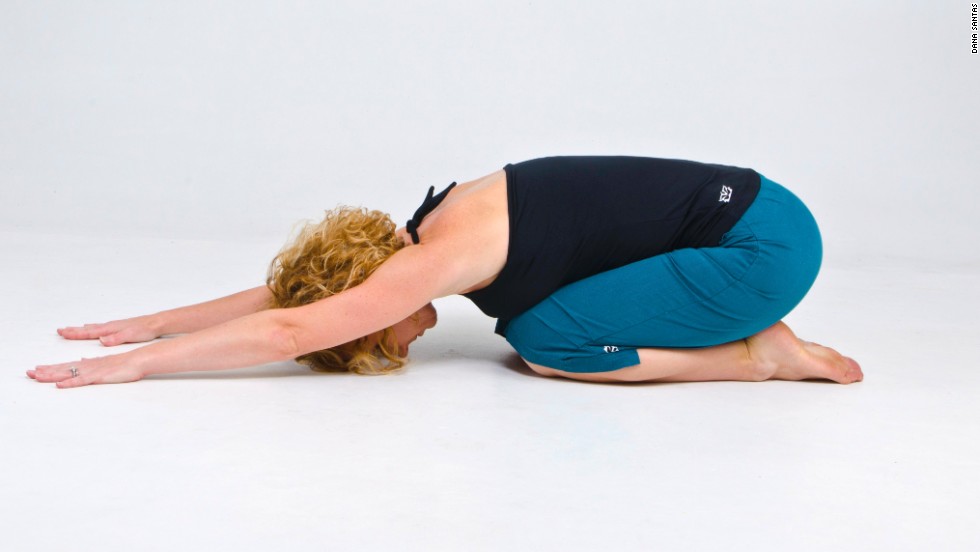
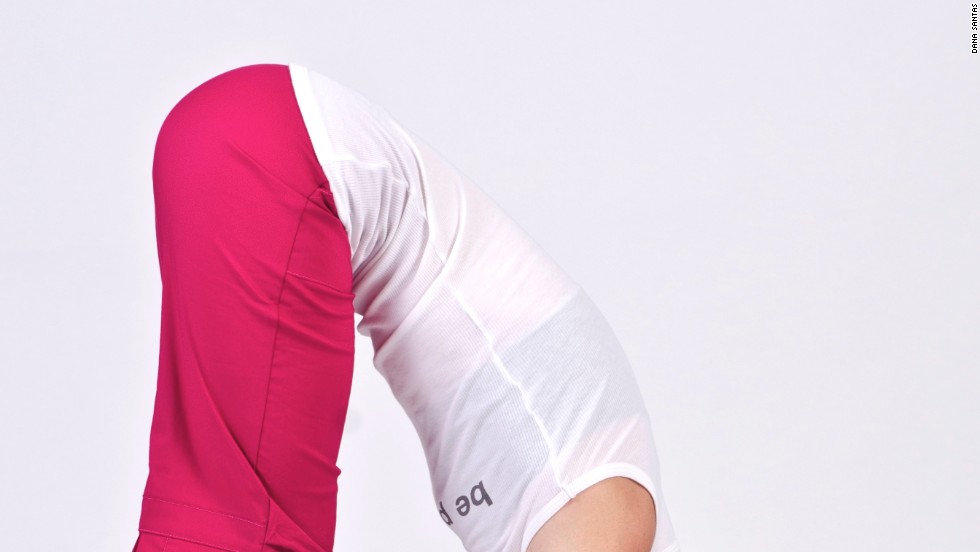
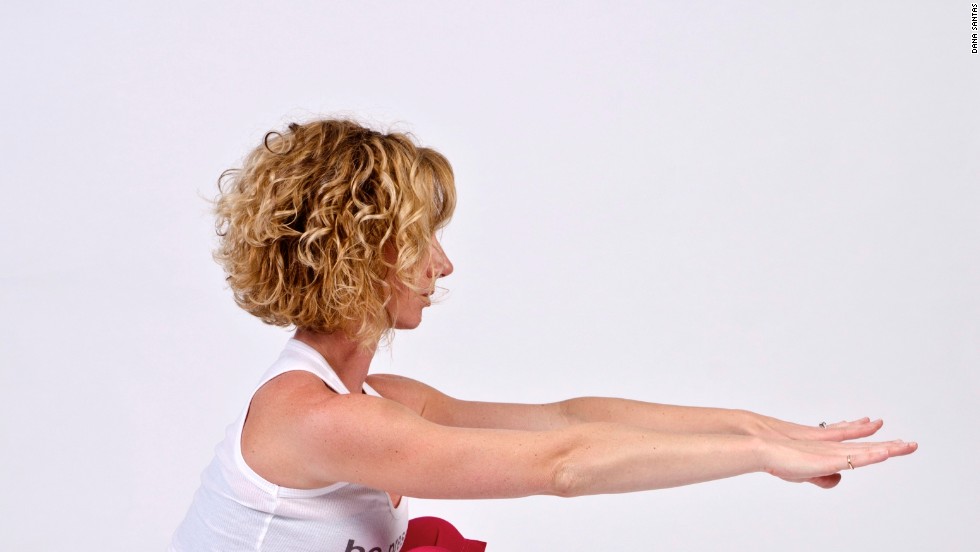
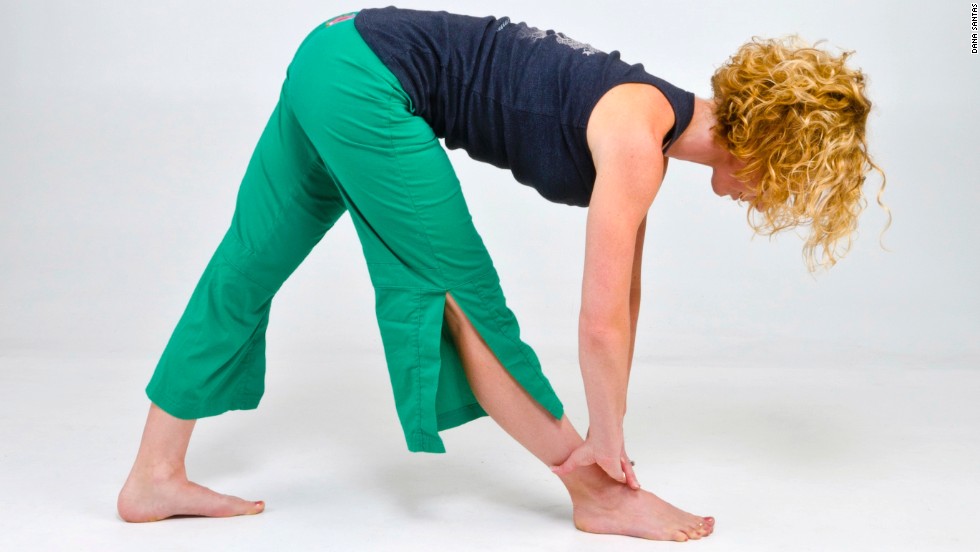

Dana Santas is the creator of Radius Yoga Conditioning, a yoga style designed to help athletes move, breathe and focus better. She's the yoga trainer for the Philadelphia Phillies, Pittsburgh Pirates, Tampa Bay Lightning, Orlando Magic and dozens of pros in the MLB, NHL, NBA and NFL.
(CNN)The inability to touch your toes is a common complaint -- and a popular excuse for avoiding yoga.
But you don't have to be as flexible as the performers in Cirque du Soleil to get started. In its simplest and most universal form, yoga is intended to help you feel and move better. So tying your shoes without wrenching your back or pulling a hamstring is a very realistic and admirable goal for any yoga newbie.
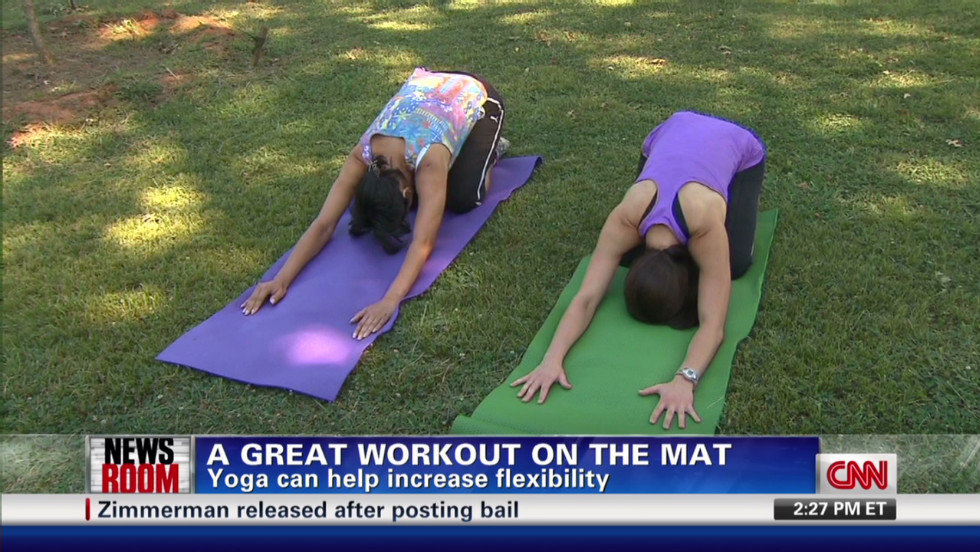

When it comes to toe touching, it's logical to assume you should stretch the backs of your legs. However, the biomechanics of a forward bend include not only the hamstrings -- the major muscle group of the back of your legs -- but many other muscles that support hip and pelvic movement.
Tight low back? Hip tension? Your low-back extensors and hip flexors must function correctly for the pelvis to flex forward. If these muscles are tense or dysfunctional, you can't bend properly, and you risk hamstring tears and chronic back and hip pain. Yikes!
The good news is that practicing these five yoga poses daily will have you doing your own pedicures in no time.
Unlike a full forward fold, this pose is a gentler version, enabling you to gradually deepen the stretch while focusing on proper pelvic alignment, hip hinging and hamstring lengthening.
Standing with your feet hip-distance apart, exhale as you bend forward, hinging from your hips, rather than pulling from your low back. Clasp your hands around the opposite elbow and let your head hang loosely. With your weight evenly distributed in your feet (not just your heels), straighten your legs by engaging your quadriceps (the muscles of the front upper leg).
Firing your quad muscles allows your hamstrings to relax. You'll also want to engage your deep core muscles to release your low back during this stretch. Remain here for 10 long, deep breaths.
Many people can't squat deeply without arching their backs, lifting their heels and/or spreading their knees. This is due to overactive low-back muscles and hip flexors as well as tension in their calves and the outside of their hips. Practicing this pose addresses all of those areas and helps your pelvis move more freely.
Start with your feet and knees aligned under your hips with your arms reaching out at shoulder height. Exhale as you sit back into the pose as deeply as possible without knees splaying or heels lifting. Hold for three long, deep breaths. Repeat three times.
Tight hip flexors can hold you in a pelvic tilt that inhibits forward bending. Kneeling lunge is a great pose for releasing them.
Step into a basic lunge position with your back knee bent. Rest your hands on your front thigh as you exhale and let your pelvis sink downward. Keep your hips squared forward. Engage your buttocks to increase the stretch in your hip flexors. Hold for five long, deep breaths on each side.
Step one leg back 18 to 24 inches with your toes angled slightly out. With both legs straight, hinge from your hips to bend forward, placing your hands on your forward leg as low as possible without rounding your back.
To establish proper pelvic alignment, draw your forward hip back while pushing your back hip forward. Engage your quadriceps to keep your legs straight and stretch your hamstrings. Hold for five long, deep breaths on each side.
This pose is a restful one intended to stretch low-back extensors and encourage the pelvis out of an anterior tilt.
From a kneeling position, reach your arms forward as you exhale and press your hips back toward your heels. Rest your forehead on the floor or a block. Hold for five long, deep breaths.
Original article and pictures take cdn.cnn.com site
Комментариев нет:
Отправить комментарий